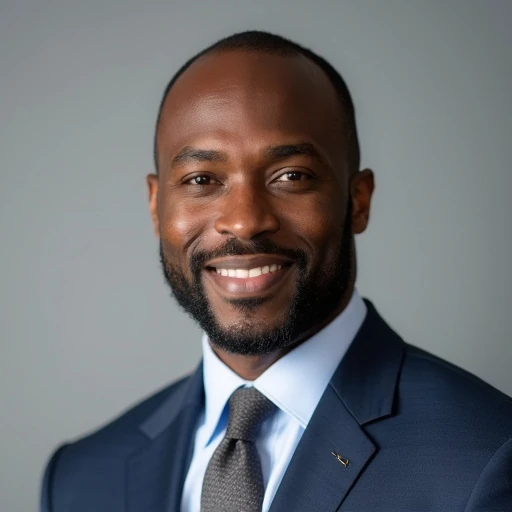A growing number of American investors are looking beyond traditional stocks and bonds, with many now believing that alternative assets are essential for financial success. A recent survey highlights this shift, revealing that nearly half of all investors are interested in alternatives like private equity and real estate, and financial advisors point to Exchange-Traded Funds (ETFs) as a practical entry point.
This trend coincides with a record-breaking year for ETFs, which have seen inflows of over $1 trillion in the U.S. alone. As investors seek diversification, ETFs that track assets like gold, cryptocurrencies, and other commodities are becoming an increasingly popular tool to gain exposure without the complexities of direct ownership.
Key Takeaways
- Two-thirds of Americans believe supplementing traditional investments is necessary for financial success, according to a new survey.
- ETFs are emerging as a preferred method for gaining exposure to alternative assets due to their high liquidity and simplicity.
- Financial advisors recommend limiting alternative investments to 5% to 15% of a total portfolio, depending on its size.
- Despite the growing interest in alternatives, experts caution that a diversified portfolio of traditional stocks and bonds remains a proven strategy for long-term growth.
A Changing View on Building Wealth
Recent data indicates a significant shift in how Americans approach investing. A survey conducted this spring by Charles Schwab found that two-thirds of respondents feel that relying solely on conventional assets is no longer enough to achieve financial success. The poll, which included 2,400 people, showed a clear appetite for diversification.
Nearly half of those surveyed, 45%, expressed direct interest in owning alternative assets. This category is broad, encompassing everything from private equity and hedge funds to real estate partnerships and digital currencies. This sentiment is particularly strong among younger generations, who are showing increasing disillusionment with traditional financial markets.
Survey Snapshot
The Charles Schwab survey polled a diverse group, including a base sample of 2,000 adults, with additional targeted samples of 200 Gen Z respondents and 200 cryptocurrency investors to capture insights from these specific demographics.
This evolving mindset is reflected in market fund flows. State Street Investment Management reported that U.S.-based ETFs have attracted more than $1 trillion in new investments so far this year, putting the market on track to set a new annual record. A significant portion of these funds has been directed toward ETFs that track alternative assets like gold and crypto.
ETFs as a Gateway to Alternatives
For many investors, the main appeal of alternative assets is also their biggest barrier: they are fundamentally different from publicly traded stocks and bonds. Direct investment in private market assets often comes with significant challenges, including a lack of liquidity.
"These [private] investments often have multi-year lockup periods, limited redemption windows or depend on the underlying fund liquidating its holdings before investors can get paid out," said Cathy Curtis, founder and CEO of Curtis Financial Planning.
ETFs provide a solution to this problem. By packaging less-liquid assets into a fund that trades on public exchanges, they offer investors a way to buy and sell their shares freely throughout the trading day. This structure allows individuals to gain exposure to assets like commodities or private equity without locking up their capital for years.
Regulatory Tailwinds
Recent regulatory developments may further broaden access to alternative investments. An executive order signed in August was designed to make it easier for alternative products to be included in workplace retirement plans. Additionally, changes from the U.S. Securities and Exchange Commission could accelerate the approval and launch of spot cryptocurrency ETFs, which would provide direct exposure to digital assets in a regulated format.
A Balanced Approach Is Still Advised
While the appeal of alternatives is strong, financial advisors urge a measured approach. The potential for higher returns often comes with increased risk and complexity. Because of this, experts recommend that these assets should complement, not replace, a traditional portfolio.
Cathy Curtis suggests a specific allocation limit. For investors with a large, well-established portfolio, she recommends keeping alternative investments to between 10% and 15% of the total. For those with a smaller nest egg, the allocation should be less than 5%.
The Power of Long-Term Traditional Investing
History has consistently shown the value of a long-term, buy-and-hold strategy with traditional stocks. According to data from Morningstar Direct, a $1,000 investment in the S&P 500 index on February 1, 1970, would have grown to more than $379,000 by October 20, 2020. Even over a shorter period, a $1,000 investment on January 1, 2020, would have been worth over $2,200 by the same date.
Andy Reed, head of behavioral economics research at Vanguard, cautioned against abandoning proven strategies for the latest trends. For core financial goals like buying a home, funding education, or preparing for retirement, traditional stocks and bonds remain the most reliable path for the bulk of a portfolio.
"Although there is constant noise in the investment landscape, chasing fads or the latest headlines can negatively impact an investor’s portfolio in the short and long term," Reed stated. The key, according to experts, is to use alternatives strategically for diversification rather than chasing speculative returns.





